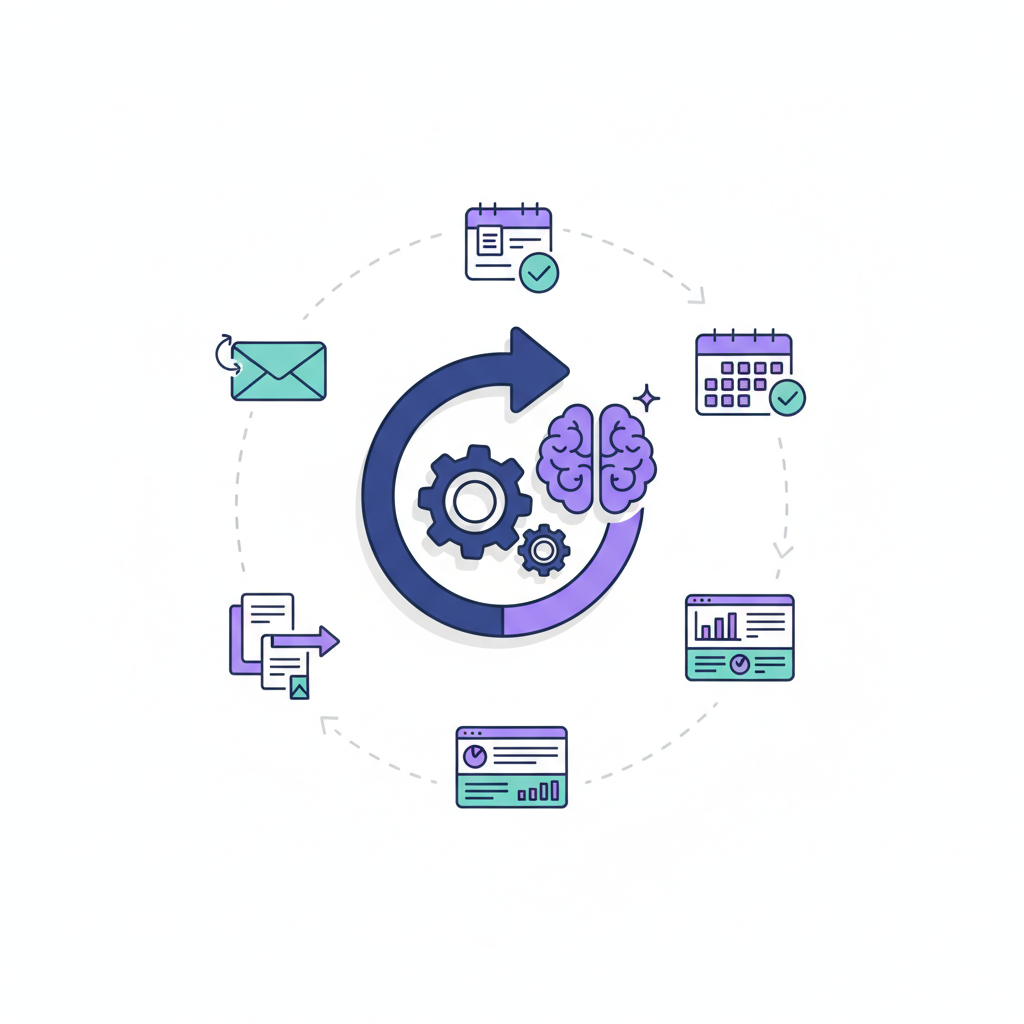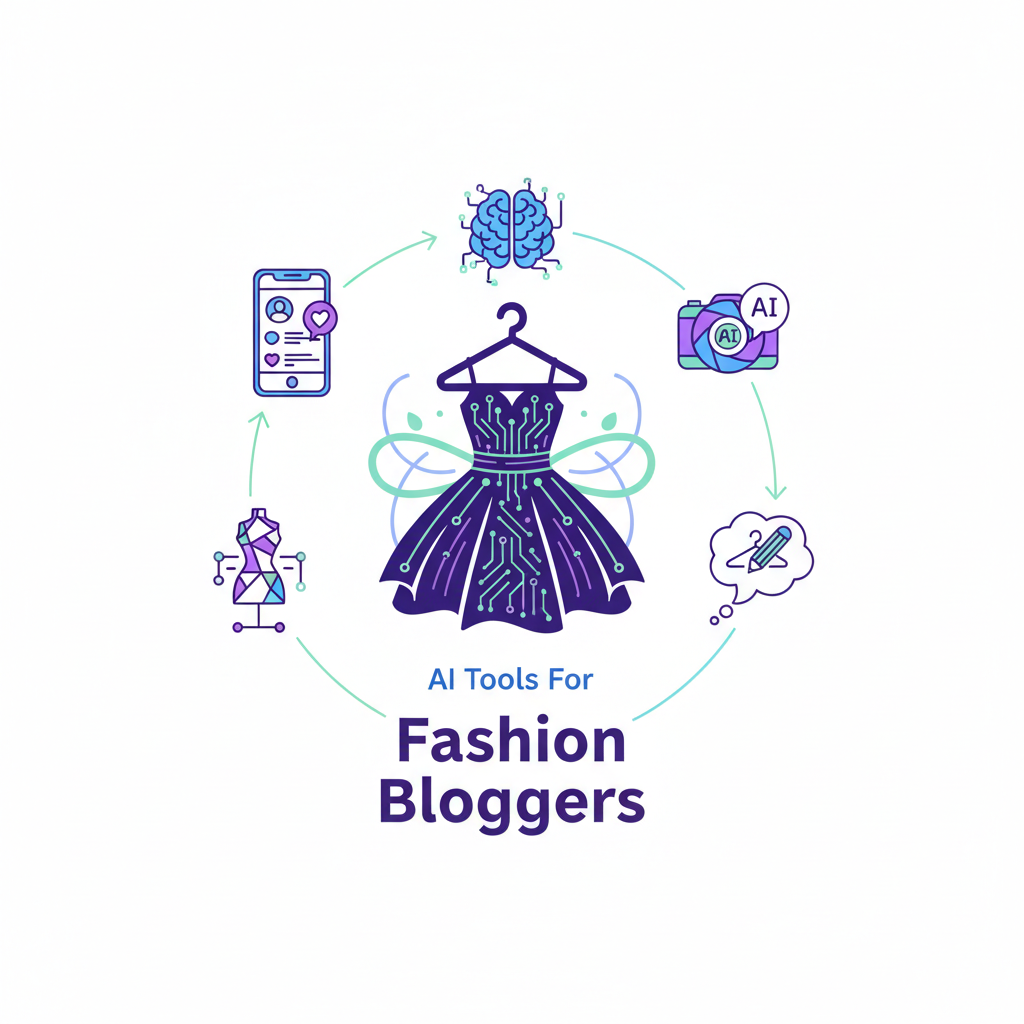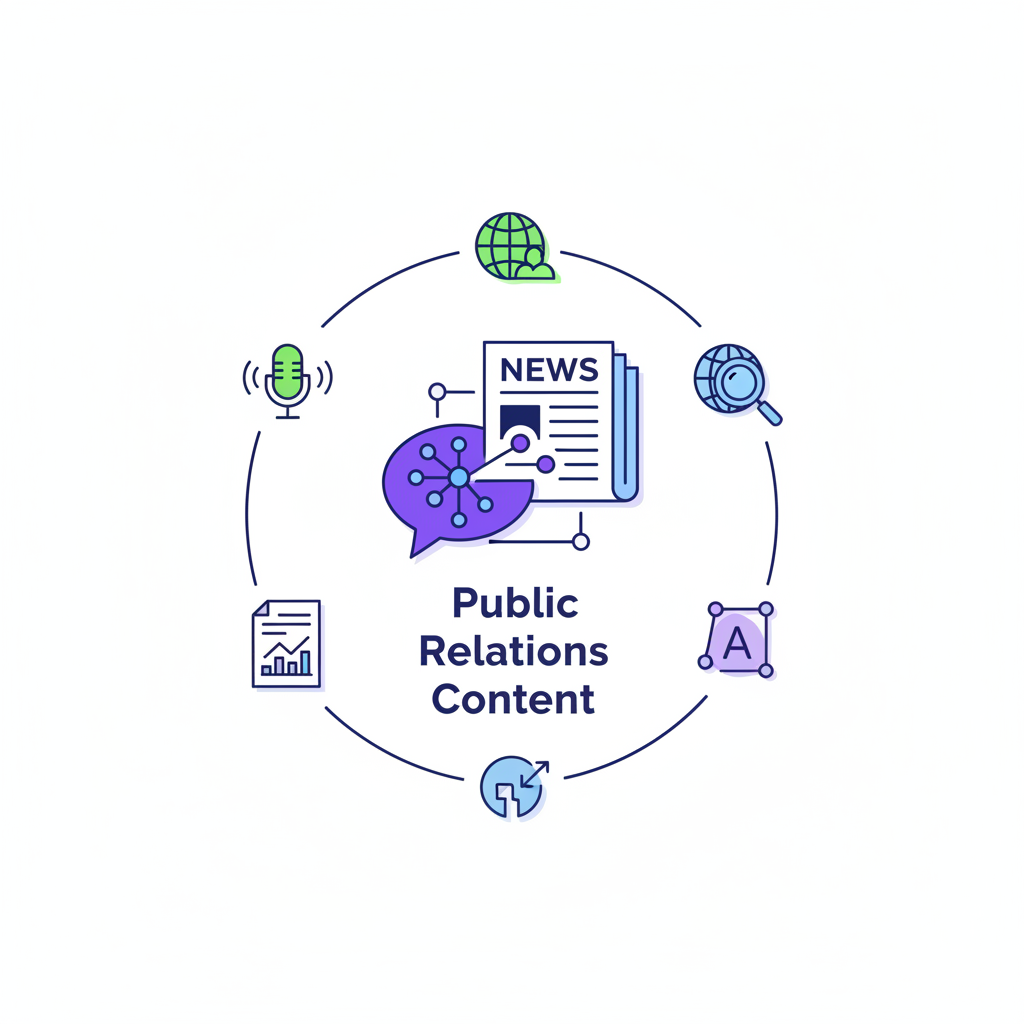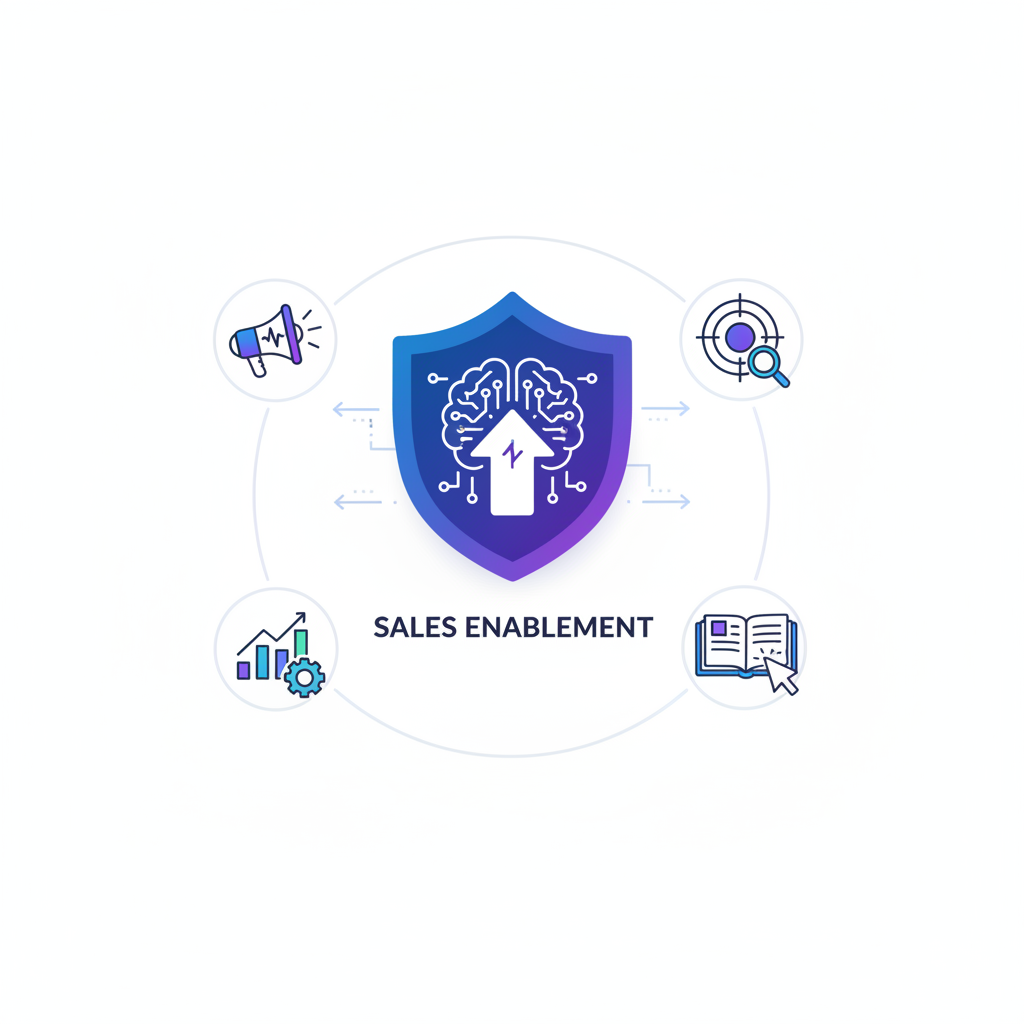Top 10 AI tools for Enterprise Workflow Automation
Enterprises are turning to AI-powered workflow automation to eliminate manual processes, cut costs, and accelerate strategic execution. Unlike traditional automation, AI can handle unstructured data and make intelligent decisions, offering profound benefits across finance, HR, and IT. This guide curates the top 10 AI tools—from RPA leaders like UiPath and Automation Anywhere to iPaaS solutions like Workato and low-code platforms like Microsoft Power Automate—providing a blueprint for building a more agile and resilient organization.

Top 10 AI Tools for Enterprise Workflow Automation
In today's competitive landscape, enterprises are constantly seeking ways to boost productivity, reduce operational costs, and eliminate human error. The relentless pace of business leaves no room for inefficient, manual processes. Repetitive tasks drain valuable employee time that could be spent on strategic initiatives and innovation. This is where AI-powered workflow automation emerges as a transformative solution. By leveraging artificial intelligence, companies can streamline complex processes, connect disparate systems, and unlock unprecedented levels of efficiency. This article provides a comprehensive guide to the top 10 AI tools designed to revolutionize enterprise workflow automation, helping you identify the perfect solution to drive your business forward.
What is AI Workflow Automation?
AI workflow automation is the use of artificial intelligence and machine learning technologies to design, execute, and manage business processes with minimal human intervention. Unlike traditional automation, which follows rigid, rule-based instructions, AI-powered automation can handle complex scenarios, make intelligent decisions, and learn from data to improve over time. It goes beyond simple task execution to encompass intelligent process discovery, data extraction from unstructured documents, natural language understanding, and predictive analytics.
The primary benefits for an enterprise are profound. It leads to significant cost savings by reducing manual labor, accelerates process completion times, and enhances accuracy by minimizing errors. More importantly, it empowers employees by freeing them from mundane, repetitive work, allowing them to focus on high-value activities that require creativity, critical thinking, and strategic planning. From finance and HR to IT and customer service, AI workflow automation is the key to building a more agile, resilient, and intelligent organization.
The Core Categories of Automation Tools
Enterprise automation tools generally fall into a few key categories, each serving a distinct purpose. Understanding these can help you select the right tool for your specific needs.
| Category | Description | Primary Use Case |
|---|---|---|
| Robotic Process Automation (RPA) | Uses software 'bots' to mimic human actions and interact with digital systems and user interfaces. | Automating repetitive, rule-based tasks like data entry, form filling, and report generation. |
| Integration Platform as a Service (iPaaS) | Cloud-based platforms that connect different applications, systems, and data sources to enable seamless data flow and process integration. | Synchronizing data between CRM and ERP systems, automating multi-app marketing campaigns. |
| Low-Code/No-Code Platforms | Visual development environments that allow users with little to no coding experience to build and deploy applications and automations. | Enabling business users and 'citizen developers' to create custom workflows and departmental apps quickly. |
| Intelligent Process Automation (IPA) | Combines RPA with AI technologies like machine learning, natural language processing (NLP), and computer vision. | Automating complex processes that involve unstructured data, decision-making, and cognitive tasks. |
Top 10 AI Tools for Enterprise Workflow Automation
Here is our curated list of the leading AI-powered tools that are helping enterprises streamline their operations and drive growth. Each tool offers unique strengths tailored to different business needs and scales.
1. UiPath
UiPath is a market leader in the Robotic Process Automation (RPA) space. Its platform provides a comprehensive suite of tools for discovering automation opportunities, building robust bots, and managing an entire automated workforce. With advanced AI capabilities like document understanding and process mining, UiPath can automate complex, end-to-end processes that involve both structured and unstructured data, making it a powerhouse for large-scale enterprise deployments.
- Primary Use Case: Advanced RPA and Intelligent Process Automation
- Key AI Features: Process Mining, AI Computer Vision, Document Understanding, Chatbots
- Best For: Large enterprises seeking a scalable, end-to-end automation platform.
2. Automation Anywhere
Automation Anywhere is another top-tier RPA platform that offers a cloud-native, AI-powered solution called Automation 360. It is designed to be accessible to both business users and developers, featuring a user-friendly interface alongside powerful tools for building complex bots. Its 'IQ Bot' uses AI to extract information from semi-structured and unstructured documents, making it ideal for automating invoice processing, claims handling, and other document-heavy workflows.
- Primary Use Case: Cloud-native RPA and Intelligent Document Processing
- Key AI Features: IQ Bot (Intelligent Document Processing), Process Discovery, Predictive Analytics
- Best For: Enterprises looking for a cloud-first, highly scalable automation solution.
3. Microsoft Power Automate
Integrated deeply within the Microsoft 365 and Azure ecosystem, Power Automate allows users to create automated workflows between their favorite apps and services. It combines a user-friendly, low-code interface with powerful RPA capabilities (Power Automate Desktop) and pre-built AI models through AI Builder. This makes it an an incredibly accessible yet powerful option for organizations already invested in the Microsoft stack.
- Primary Use Case: Low-Code Automation and Digital Process Automation (DPA)
- Key AI Features: AI Builder (Form Processing, Object Detection, Prediction), Process Advisor
- Best For: Businesses of all sizes, especially those using Microsoft 365, Dynamics 360, and Azure.
4. Workato
Workato is a leading enterprise-grade Integration Platform as a Service (iPaaS) that excels at creating complex workflows across thousands of cloud and on-premise applications. It uses a 'recipe' model where users can build automations without writing code. Workato's AI capabilities help in recipe creation, error handling, and identifying duplicate data, ensuring that integrations are both powerful and reliable.
- Primary Use Case: Enterprise iPaaS and Application Integration
- Key AI Features: Recipe IQ (AI-assisted workflow building), Anomaly Detection, Data Mapping Suggestions
- Best For: IT and business teams needing to integrate a wide array of applications and automate cross-functional processes.
5. Zapier
While often associated with small businesses, Zapier's enterprise-grade plans offer the security, scalability, and support that large organizations need. It is renowned for its simplicity and its vast library of over 5,000 app integrations. Zapier allows teams to quickly connect web apps and automate repetitive tasks without developer intervention. Recent AI features allow for more intelligent data formatting and conditional logic within workflows.
- Primary Use Case: No-Code App Connectivity and Task Automation
- Key AI Features: AI-powered Formatter, Natural Language Triggers, Conditional Logic
- Best For: Marketing, sales, and operations teams needing to quickly automate tasks between web applications.
6. ServiceNow
ServiceNow is a powerful platform for managing and automating IT, employee, and customer workflows. Its Now Platform incorporates AI and machine learning across its products to provide predictive intelligence, automate resolutions, and offer proactive service. It excels at structuring and automating work across the entire enterprise, from IT service management (ITSM) to HR onboarding and customer support case management.
- Primary Use Case: IT Service Management (ITSM) and Enterprise Service Management
- Key AI Features: Predictive Intelligence, Virtual Agent, Performance Analytics, AI Search
- Best For: Large enterprises focused on standardizing and automating IT and business service delivery.
7. SAP Build Process Automation
For organizations running on SAP, SAP Build Process Automation provides a unified, AI-powered solution that combines workflow management, RPA, and low-code development. It allows users to automate processes and tasks across SAP and non-SAP applications. Its deep integration with the SAP ecosystem makes it the go-to choice for automating finance, supply chain, and HR processes within an SAP landscape.
- Primary Use Case: Automating processes within the SAP ecosystem
- Key AI Features: Pre-built Content for SAP processes, Document Information Extraction, AI Business Services
- Best For: Enterprises heavily invested in SAP applications.
8. IBM Watson Orchestrate
IBM Watson Orchestrate is an interactive AI tool designed to help professionals automate repetitive tasks using a natural language interface. Instead of building complex flows, users can simply tell the AI what they need to accomplish (e.g., "Draft an email to the project team and schedule a follow-up meeting"). The AI then connects to the necessary applications like Slack, Salesforce, and Microsoft 365 to complete the task, acting as a true digital assistant.
- Primary Use Case: Personal AI-driven task automation
- Key AI Features: Natural Language Understanding, Skill Discovery, Dynamic Process Composition
- Best For: Sales, HR, and operations professionals looking to automate their personal and team-based tasks.
9. Make (formerly Integromat)
Make is a powerful visual workflow automation platform that allows you to connect apps and automate tasks with an intuitive, drag-and-drop interface. It is known for its flexibility and ability to handle more complex logic and data manipulation than many competitors. For enterprises, it offers the ability to build intricate, multi-step scenarios that connect to virtually any online service or API.
- Primary Use Case: Complex visual workflow automation and API integration
- Key AI Features: Advanced Data Routing, Error Handling, HTTP modules for custom API calls
- Best For: Tech-savvy teams and developers who need granular control over their automated workflows.
10. Appian
Appian is a low-code platform that unifies process automation, data management, and application development. It is designed for building mission-critical enterprise applications and automating complex, end-to-end business processes. Appian's AI capabilities are integrated throughout the platform, enabling intelligent document processing, AI-driven decision-making, and process mining to optimize workflows.
- Primary Use Case: Low-Code Application Development and Case Management
- Key AI Features: Intelligent Document Processing (IDP), AI-based Decision Rules, Process Mining
- Best For: Enterprises in regulated industries like finance, insurance, and government that need to build secure, compliant, and complex process applications.
How to Choose the Right Tool for Your Enterprise
Selecting the right AI automation tool depends entirely on your organization's specific needs, existing technology stack, and strategic goals. Consider the following factors:
- Primary Business Problem: Are you trying to automate document-heavy finance processes (UiPath, Automation Anywhere), connect dozens of cloud apps (Workato, Zapier), or streamline IT service requests (ServiceNow)?
- Technical Expertise: Do you need a no-code solution for business users (Zapier) or a low-code platform for developers and IT to build complex applications (Appian, Microsoft Power Automate)?
- Scalability: Ensure the platform can grow with your needs, from a single departmental project to a full-scale, enterprise-wide automation program.
- Integration: Check if the tool has pre-built connectors for your most critical systems, such as your ERP, CRM, and HRIS.
Featured Tools

10Web is an AI-powered WordPress platform that offers automated website building, hosting, and optimization with AI assistance for content and image generation.

A global creative platform connecting businesses with freelance designers for custom graphic design projects.

Acquire.io is a customer engagement platform offering live chat, AI chatbots, co-browsing, and video chat to enhance customer support and sales.

A customer experience automation platform combining email marketing, marketing automation, and CRM with AI-powered personalization.

An AI-powered customer service automation platform that delivers personalized, instant support across various channels.
Top AI Categories
Related Articles

Top 10 AI Tools for Fashion Bloggers
Discover insights about AI tools and technology.

Top 10 AI Tools for Public Relations Content
Discover insights about AI tools and technology.

Top 10 AI Tools for Sales Enablement
Discover insights about AI tools and technology.